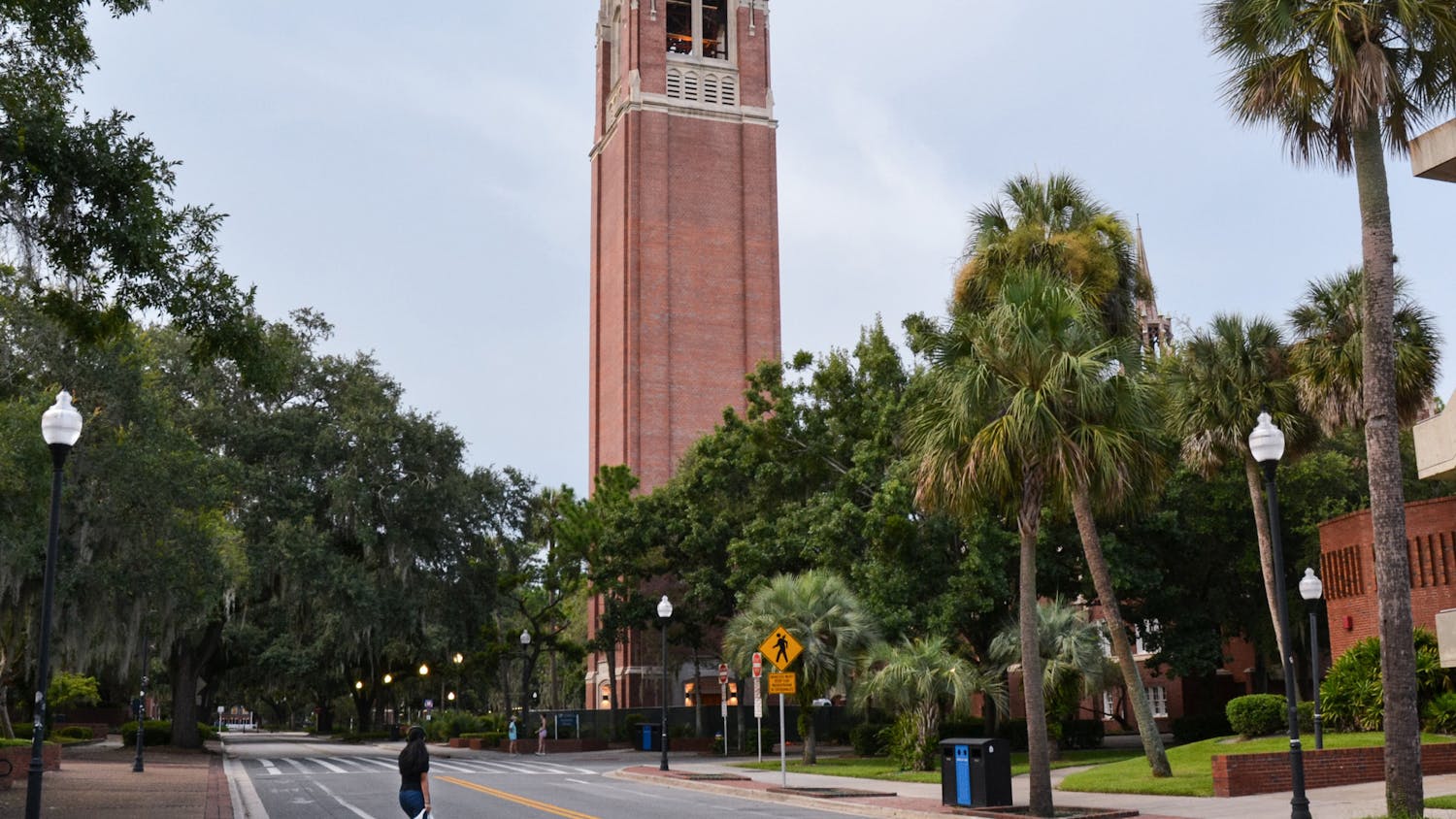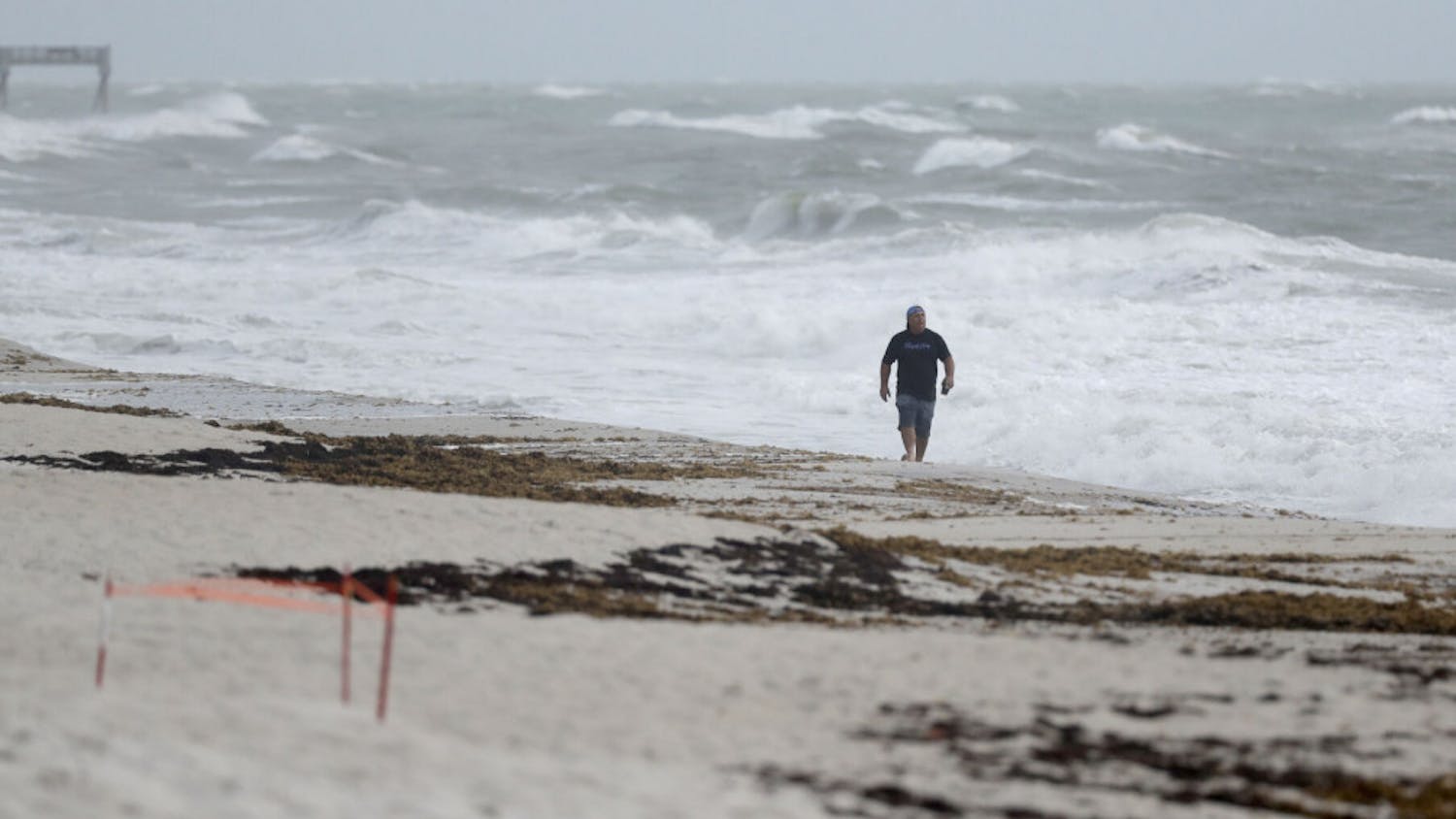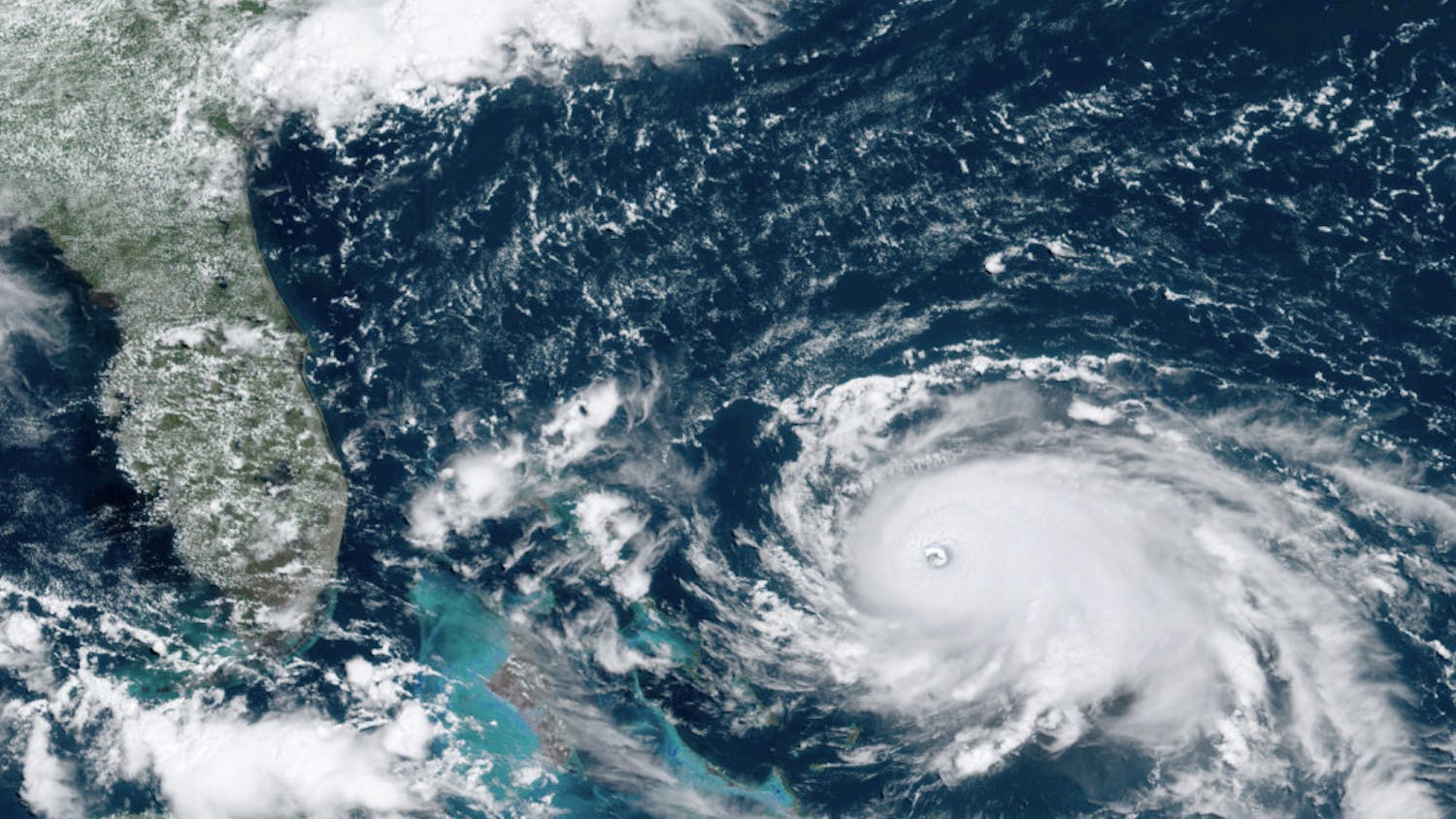Storm surges, the massive floods of water that occur when the sea rises during a storm, are expected to increase as much as 10 times in frequency in the coming decades, according to a study led by a climate scientist.
Published Monday, the study indicates that if the climate increases by 3.6 degrees Fahrenheit, then, combined with expected rising sea levels, destructive storm surges will inevitably increase in the future.
Hurricane Katrina’s storm surge, which made history as the highest storm surge recorded on the U.S. coast, was 27.8 feet when it struck Pass Christian, Miss., in 2005.
The hurricane was also responsible for more than 1,800 deaths. Many of those resulted from storm surges, according to the National Hurricane Center.
“By far, more people die from storm surge than any other part of a hurricane,” said Max Mayfield, the former director of the National Hurricane Center.
Mayfield, who was director for seven years, said sea levels rise about an inch a decade, and storm surges will increase because of that.
“Whatever hurricanes we have will eventually do more damage because of higher storm surges,” he said.
The study used data, as far back as 1920s, from six tidal gauges from the East and Gulf coasts.
However, Mayfield said this is a very controversial subject. He thinks the number of storms and hurricanes has increased primarily because of improved technology.
“We can observe them now more than we ever could before,” Mayfield said.
Mia Glisson, a 21-year-old UF nursing senior, provided Katrina relief in 2008.
“We should definitely use the experiences that we had with Hurricane Katrina to learn from and create a better system for emergency disaster relief,” she said. “It definitely cannot take three or four years for a state to recover from a storm like that.”





